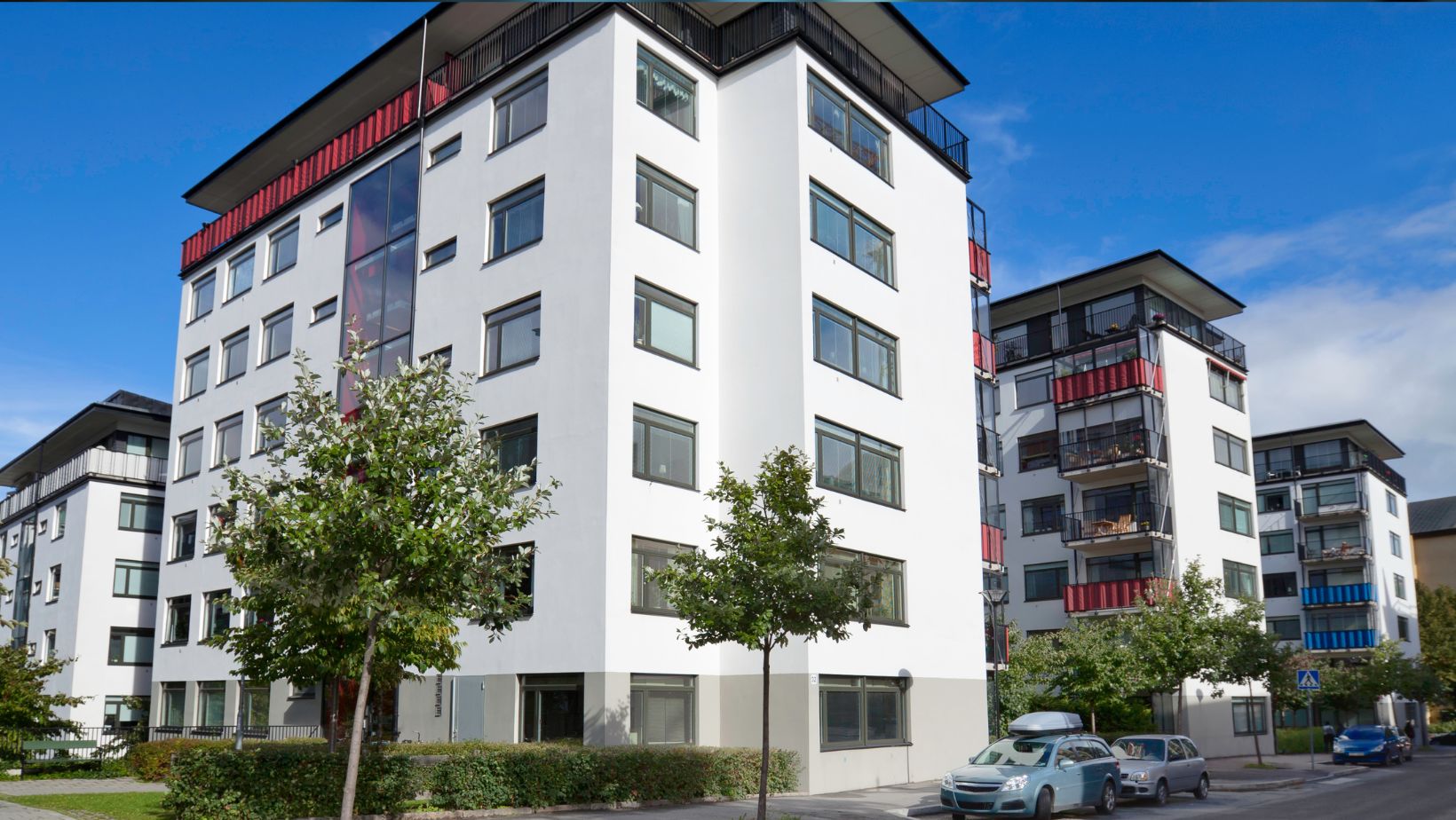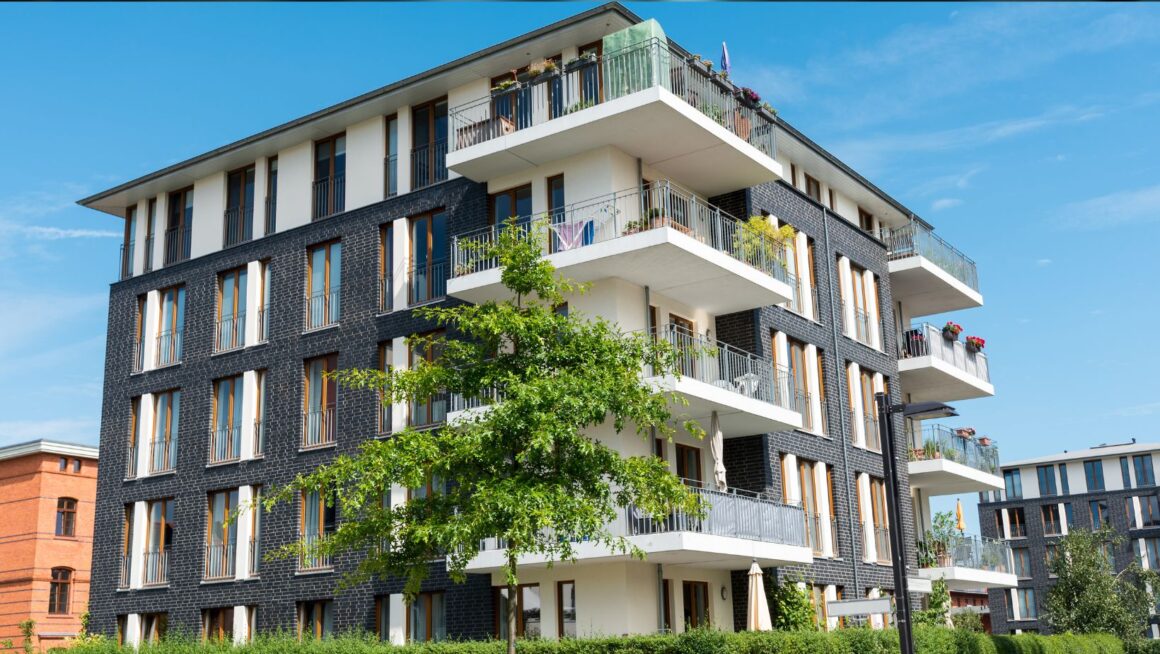
The Illusion of Comfort
Walk through any city and you’ll see apartments advertised as if they were dream products. Large windows, rooftop views, glossy interiors—each image designed to sell a feeling of comfort. But behind the glass and steel lies something different. Housing is not planned for people’s needs. It is planned for profit. Developers build what sells, not what helps. What looks like a lifestyle is often just another trap.
Apartments as Investments
More and more, apartments are not homes. They are financial tools. Investors buy them, keep them empty, and wait for prices to rise. In some cities, entire blocks stand dark while families struggle to find a single room. The market rewards vacancy, not community. Housing becomes a game where wealth multiplies for the few, while the many pay the price.
The Weight of Rent
Ask any tenant: rent eats the paycheck. Prices climb faster than wages, forcing people to choose between rent, food, or healthcare. What should be simple—keeping a roof over your head—becomes a monthly struggle. Even furnishing a small flat can push people into debt. The system says comfort is possible only if you can buy it.
Technology Inside the Walls
Smart locks, connected thermostats, cameras—technology now fills apartments. Ads promise safety and convenience, but the truth is harsher. Data is collected, movements tracked, habits recorded. Tenants become objects of surveillance. The home, once a private space, becomes another node in the network of control.
The Lifestyle Mirage
Magazines and social media showcase perfect apartments. Every room is clean, styled, ready for display. But that image hides the reality. Many people live in cramped conditions, deal with leaks, or face eviction notices. The lifestyle industry builds envy and sells products, while the truth of housing insecurity is kept out of sight.
Housing and the Casino
The housing market is not stable ground. It works like a casino. Apartments are bought, flipped, speculated on, traded for gain. Platforms like TonyBet make gambling clear, but in housing the same logic hides under another name. The game is the same: a few win big, most lose. Only here, the losses mean hunger and homelessness.
Small Acts of Resistance
People fight back. Tenants form unions. Rent strikes remind landlords that power can shift. Cooperatives show another way—apartments run by residents, not investors. These examples are not fantasies. They exist, proving that collective ownership is possible and effective.
Imagining a Fair System
Picture a city where no apartment sits empty while people sleep outside. Imagine housing built for need, with rent tied to income.

Technology could serve residents, not landlords. Data could stay in the hands of the people. These are not impossible dreams—they are models already being tested. The challenge is making them bigger, louder, and stronger than the system that keeps us paying.
Layers of Dispossession
What becomes visible, when one slows down the pace of the spectacle, is the lattice of dispossession underpinning the very bricks and beams of the housing system: apartments are no longer merely rooms with walls but transformed into tokens of accumulation, instruments whose exchange value supersedes their use, and within this reversal lies the cruelty of contemporary life, for the shelter once guaranteed through community is instead rendered precarious, conditioned upon the whims of speculative cycles that bear little relation to the needs of those who inhabit the city.
The Unmaking of Home
In truth, to speak of “home” under this order is to invoke a word emptied of its grounding; what stands in its place is an endless negotiation with contracts, algorithms, landlords, and surveillance devices, each layer stripping away intimacy, each transaction reinforcing alienation, until the apartment itself ceases to feel lived in and instead resembles a temporary checkpoint within capital’s restless march, a space less for living than for being monetized, categorized, and controlled.
